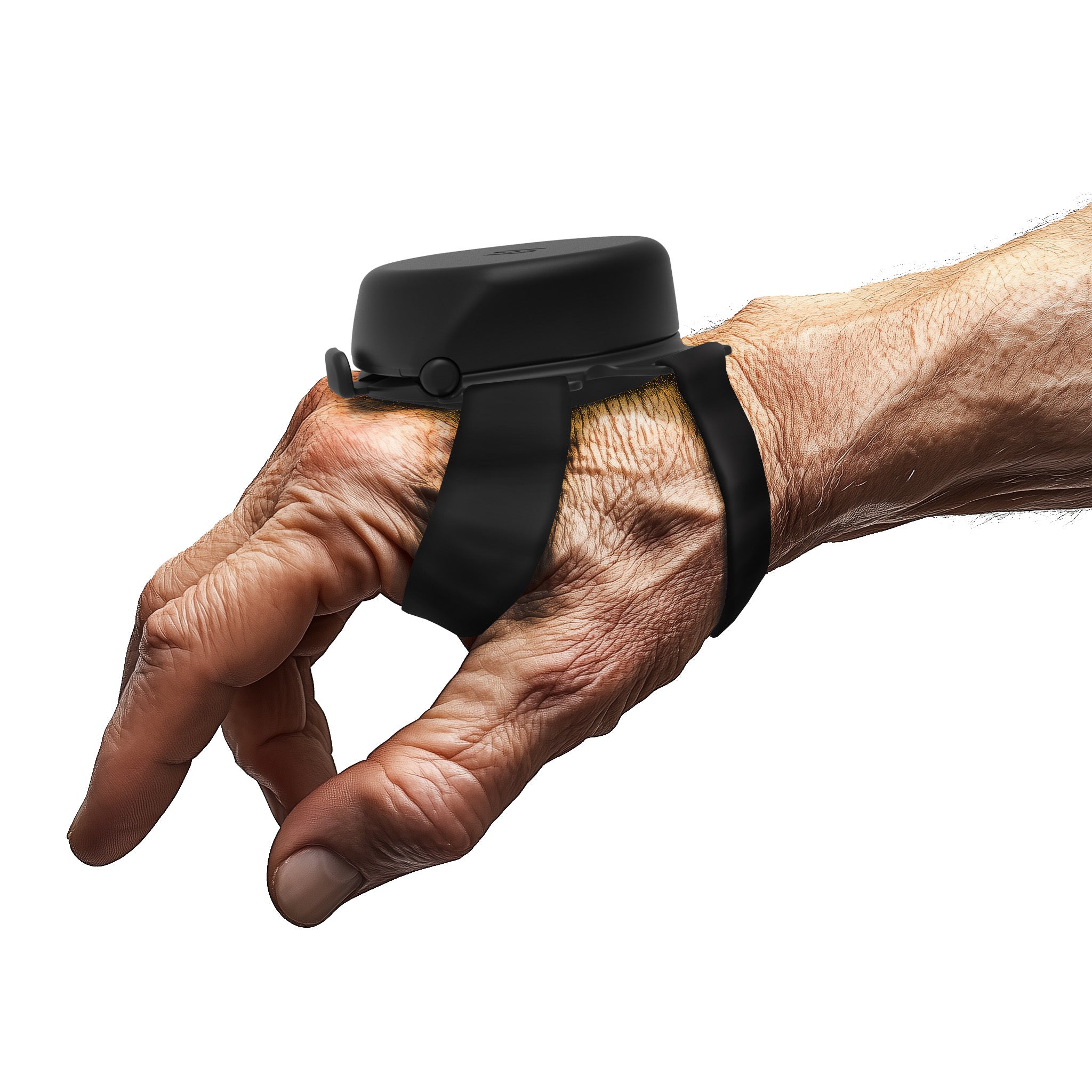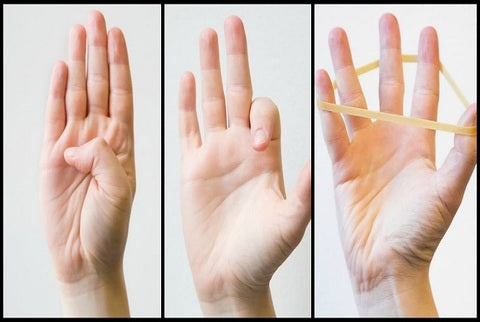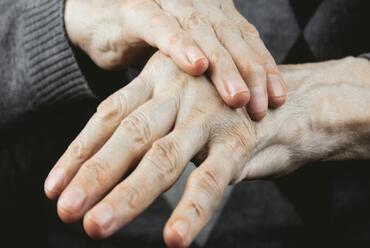Internal tremors are not officially classified as ET. Essential Tremor are visible and rhythmic, while internal tremors are subjective sensations of vibration without visible movement. Research identifies them as a symptom of underlying neurological conditions, such as Parkinson's Disease or multiple sclerosis.
Unlike external tremors, which affect the hands, arms, head, and other body parts, the internal type is less visible and can be challenging to diagnose.
In this comprehensive guide, we'll delve into the causes of internal tremors, treatment options, and the moments when they are most likely to strike—such as during rest, waking up with internal tremors, or at night.
Understanding Internal Tremors:
This type of tremor is often described as a deep, inner shakiness or vibration within the body. These sensations can affect the chest, abdomen, or limbs, and may be more noticeable during periods of stillness, including internal tremors when falling asleep.
Although the exact mechanism behind internal tremors remains unclear, researchers have linked them to several neurological and systemic conditions.
Common associations include:
- Parkinson's Disease
- Multiple Sclerosis (MS)
- Essential Tremors
In addition to these, certain deficiencies—such as B12, iron, and vitamin D—can also lead to symptoms, including mild internal tremors upon waking.
Effective Strategies to Manage Internal Tremors Naturally
If you’re experiencing both nighttime vibrations and a tendency to wake up shaking, it can take a toll on your well-being. Fortunately, many natural strategies may help reduce the intensity of these sensations.
Dietary Adjustments
While there’s limited evidence that diet alone can eliminate tremors, a balanced intake of key nutrients may help support neurological stability and reduce episodes of internal tremors over time.
Exercise and Physical Therapy
Engaging in targeted exercises designed to improve motor control can be beneficial—especially if you experience symptoms such as tremors upon waking or during transitions from rest to movement.
Sleep Hygiene
Maintaining regular sleep patterns and minimizing disruptions can reduce the frequency of symptoms, especially for those who experience internal tremors when waking up.
Herbal Remedies
Natural supplements like valerian root and passionflower are often used to ease anxiety, and while they aren't a cure, they may offer subtle relief for those navigating internal tremors.
Acupuncture
Some individuals find that acupuncture helps promote relaxation and reduce neurological sensitivity, which may be particularly helpful if you’re prone to internal tremors at night.
Biofeedback
Through guided training, biofeedback allows individuals to better regulate physiological responses. Over time, this may lessen the frequency of internal tremors during both active and restful states.
Internal Tremors Upon Waking and When Falling Asleep:
Many people find their symptoms are heightened at transitional moments—like drifting off or experiencing internal tremors upon waking. These times can be more sensitive due to shifts in brainwave activity and hormonal balance.
Addressing these vulnerabilities through lifestyle changes can significantly improve comfort and stability.
What Triggers Internal Tremors? Causes You Need to Know?
Sleep-related Muscle Movements:
It’s not uncommon for involuntary muscle activity during sleep to resemble tremors, particularly for those who frequently notice internal tremors when falling asleep.
Sleep Disorders:
Conditions such as sleep apnea or restless leg syndrome can contribute to disrupted rest and unexplained bodily sensations. If you’ve ever asked, why am I shaky when I wake up, it may be time to explore a sleep-related diagnosis.
Circadian Rhythm Disruptions:
Disruptions in the body’s internal clock can worsen symptoms for individuals who regularly feel internal tremors when waking up. Managing your light exposure and bedtime routines may help restore balance.
Making targeted adjustments to your sleep, nutrition, and movement patterns can significantly influence symptom control—especially during vulnerable times like waking up with internal tremors.
SteadiWear’s Cutting-edge Solution:
Effectively managing internal tremors involves understanding the root cause, adapting your lifestyle, and seeking supportive tools that complement your journey.
One such innovation is the Steadi-3 glove—a smart assistive device that helps individuals experiencing external hand tremors gain stability during daily tasks.
While this technology is tailored for visible, mechanical tremors rather than internal sensations, the glove can support better quality of life by improving motor function and independence.
As always, consult your healthcare provider to explore how the Steadi-3 glove and other tools may fit into your personal care plan.
Conclusion:
To better manage internal tremors, it’s important to consider both the medical and lifestyle factors contributing to their onset.
Whether you're dealing with stress, nutrient deficiencies, or underlying neurological conditions, interventions like sleep hygiene, exercise, biofeedback, and supportive devices can make a meaningful difference.
From understanding internal tremors upon waking to exploring calming nighttime routines, a holistic approach can help restore balance and ease.



